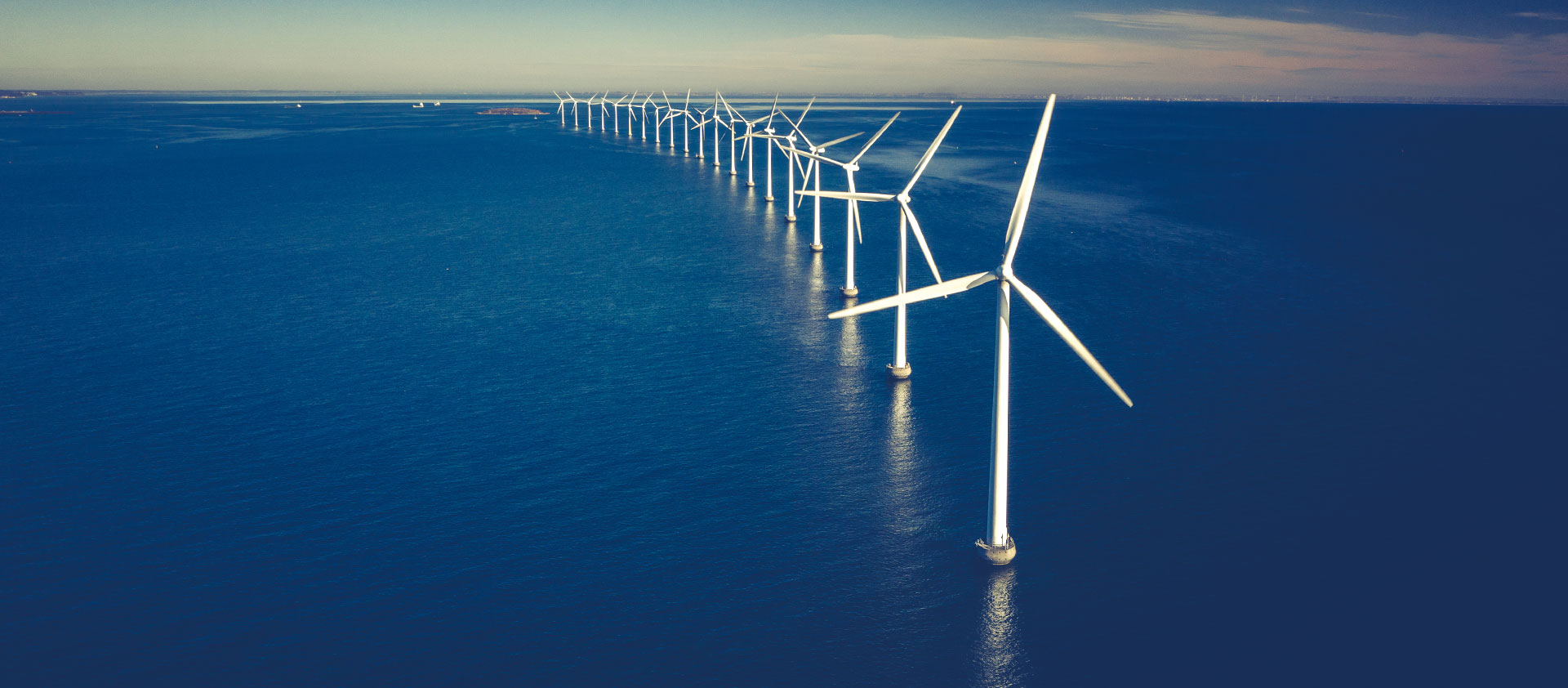Decarbonisation
AER AGL Aluminium Batteries Battery Budget BYD CATL CBAM China Coal Critical minerals Decarbonisation Diesel DMO Election Electric Vehicle Electricity/electrification electrostate Energy crisis Federal Election Finance Sector & Emissions Gas Green Iron/Steel Hydrogen India & Adani Methane Nuclear offshore wind Oil OP EDS Peter Dutton Podcasts Renewables Solar Tariff Taxes and subsidies US IRA/EU NZIA et al Wind
Australia can ride the waves of China’s “green capital tsunami” – but a change in attitude is needed
Renew Economy
Australia may miss billions in green Chinese investment
Canberra Times
Australia needs to get over the false narrative it’s a small player – Tim Buckley on the power within
Fifth Estate
Australia may miss billions in green Chinese investment
___
China pumped in over $100 bln overseas in cleantech since 2023, research group says
Reuters
OP ED | Riding China’s green capital tsunami to harness cleaner future for Australia
PV Magazine
China outbound investment surges to record levels on clean energy ‘tsunami’
The Financial Times (UK)
China Clean Energy Sector Eyes $100 Billion in Overseas Spending
Bloomberg
Tim Buckley on ABC RN Breakfast re CEF’s Green Capital Tsunami report
ABC Radio National Breakfast
OP ED | China’s cleantech leadership is Australia’s decarbonisation opportunity
The Australian Financial Review
[The Business Times] China clean energy sector eyes US$100 billion in overseas spending
___
